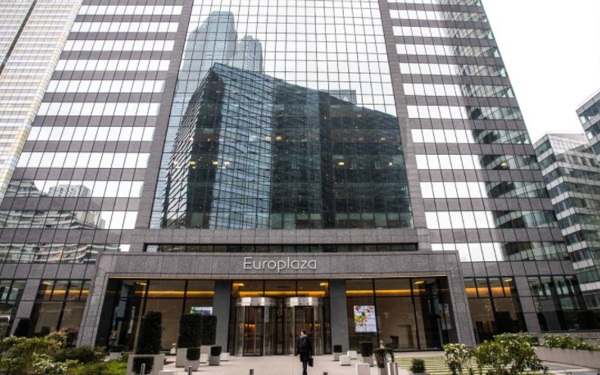Small increase in securitisations due to bundling of buy-to-let mortgages
Although the outstanding amount of securitisations has shown a declining trend over the past decade, it showed a 1% uptick to €59 billion in 2021. Securitisations involve the bundling of loans extended to households and businesses, which are then repackaged and sold as bonds through dedicated securitisation firms. Its growth in 2021 is partly due to securitisations of buy-to-let mortgages, which are mortgage loans granted to individuals who buy homes to rent them out.
The other two categories are relatively small. The balance sheet size of securities and derivatives dealers trading on their own account, such as flash traders, increased by 9% to €23 billion. The size of finance companies fell by 22% to €18 billion, driven by a restructuring at a large institution. While new lenders have entered the Dutch market, as a whole they are still relatively small.
DNB launches new NBFI tables and new NBFI dashboard
Monitoring developments in NBFI is an important part of national and international authorities' efforts to increase the resilience of the financial system.
To provide more insight into NBFI data, we are therefore launching new NBFI tables and a new NBFI dashboard, which includes an overview of the size of non-bank financial intermediation in the Netherlands and various graphical representations.
More information
Tabel 16.1: Size of non-bank financial intermediation (NBFI)




